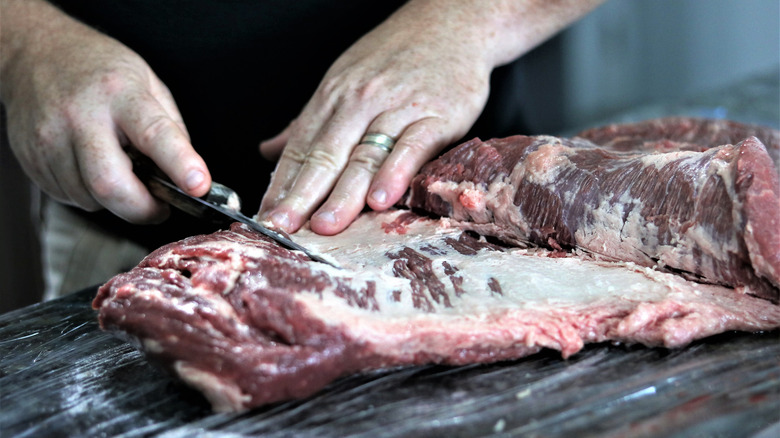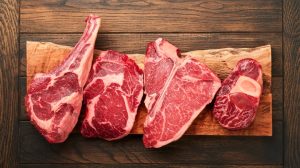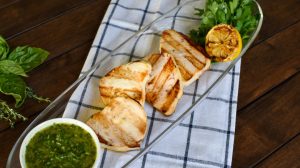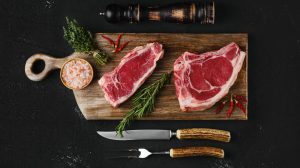If you’ve tasted beef brisket you know how juicy, flavorful, and tender it can be, but if you’ve never cooked it yourself you might not know just how unlikely those results are given the piece of meat we’re working with. It takes a practiced hand to turn the cow’s dense pectoral muscles into something worthy of showcasing to friends and family. The secret is found in the tiny details like knowing how to properly salt and pepper your brisket before cooking and keeping the meat hovering in a razor-thin temperature range to avoid drying it out. An overlooked part of the process is properly trimming the brisket.
If you buy your brisket from a local butcher, there’s a good chance that the professionals behind the counter will have already done this step for you, but that’s not always the case. You’ll know they haven’t trimmed the brisket if there’s still a hefty layer of fat coating the outside known as the fat cap. Remember that the brisket is a densely muscular area which means that, apart from the fat cap, the brisket is quite lean. That said, there’s often too much fat in the fat cap to keep it whole. We need to trim it down without removing all of the flavorful fat. Balance is key here. How you plan to cook the brisket determines how much fat you remove, with braised brisket needing less fat than smoked brisket, for example.
Looking trim
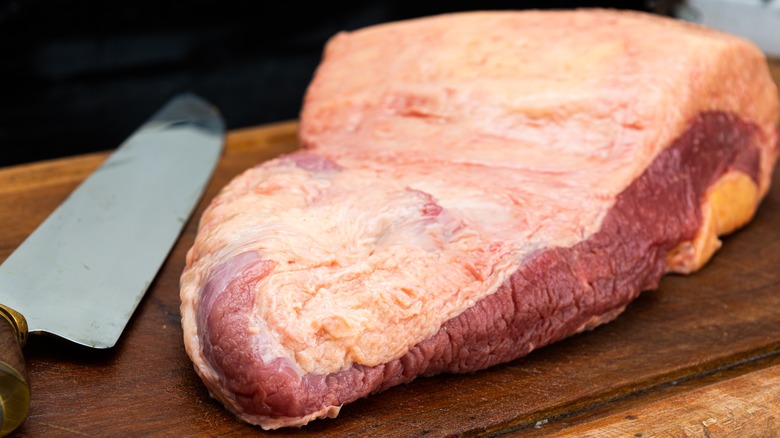
To get more specific, smoked brisket needs ¼ to ⅓ inches of the fat cap left to cook properly. Any less and you’ll end up with a dense, dry brick. Braised brisket is cooked in liquid so the risk of drying out isn’t as pronounced so you won’t want more than ¼ inch of fat left. You want to avoid grilling brisket altogether but there are other ways of cooking brisket. Use these two as a general guideline and consider how at-risk you are of making dry brisket when deciding how much fat to leave on.
Another important part of trimming brisket is identifying and removing the connective tissue known as silver skin. Brisket is full of connective tissue which, if handled poorly, will cause your meat to become unpleasantly tough and chewy. We cook brisket low and slow to render the connective tissue down and dissolve it gently. Even still, it’s a good idea to cut the silver skin off when you see it. Just be careful not to get carried away lest you end up with a piece of meat half the original size.
The last thing to consider comes after you’ve trimmed the fat cap — do you cook the brisket fat side up or down? This is a surprisingly contentious issue in the brisket world and old hands likely have a strong opinion on which method is correct, but the debate seems to have swayed towards the fat side down in recent years.



